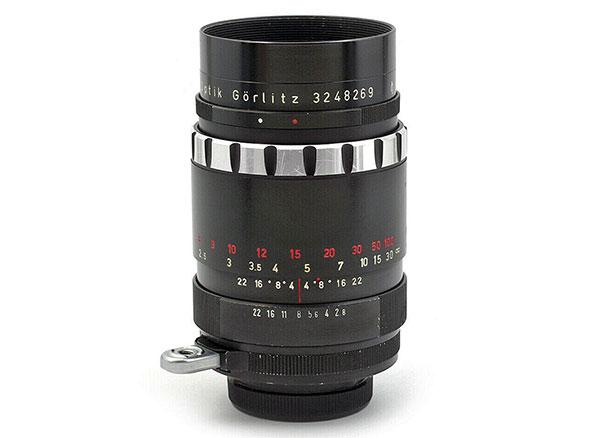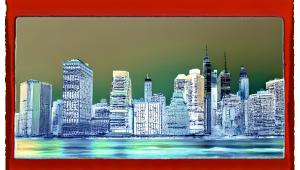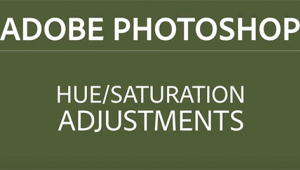How to Choose and Use Vintage Lenses on Your Digital Camera

Perhaps you’ve just read our story on the 10 best vintage lenses you can buy right now, but are wondering how to use all this classic glass on your modern digital camera. Here are a few tips to get you started.
General Advice on Adapters
Opt for well-made, high quality lens adapters even if they cost more, steer clear of adapters that include optical elements to allow your vintage lens focus to infinity because they can compromise character as well as image quality, and do an online search, to find the adapters and combinations that work with your particular setup and offer the most convenience and the greatest value.
Custom Adapters
If you have a prized vintage lens that nobody makes an adapter for, you can probably mount it on your digital camera at a reasonable cost by having a custom adapter made for it. My favorite adapter maven (and a great source for all kinds of custom camera solutions) is Bill Moretz at Pro Camera, 618 Forest St, Charlottesville, VA 22903, Email: info@procamera.us
5 Tips on Choosing and Using Vintage Lenses
1. Many older lenses have fungus in the glass, and balsam (optical cement) separation. Both defects are difficult or impossible to remedy so pick another lens. Tiny scratches or minor blemishes in the coating are common and seldom affect image quality, but you should be able negotiate a lower price. The bottom line: always check out older lenses very carefully before you buy!
2. Vintage lenses, especially those made prior to WWII, exhibit greater sample-to-sample variation than modern lenses, so if possible try the lens out before you commit to buying it.
3. Uncoated lenses are quite prone to flare when shooting against the light, and single-coated lenses are not as resistant to flare as multi-coated ones. These are not really defects, but it’s important to adjust your lighting and composition accordingly. Using a properly fitted lens hood can help in some cases.
4. Check the major camera store websites and other used equipment sites to determine the price range of the lenses you want to buy before you pull the trigger. The prices lenses have actually sold for are the best guide to their value.
5. Look for lower cost alternatives to lenses prized by collectors. For example, a 5-element 100mm f/3.5 Leica screw mount Canon is as a better and more practical alternative than the rare and expensive 105mm f/6.3 Leitz “Mountain” Elmar even though both can capture beautiful vintage look images.
- Log in or register to post comments












































